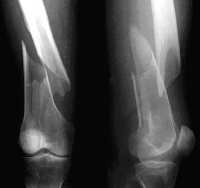 |
| Andrew |
Over the past couple weeks we have been learning about the cardiovascular system in numerous labs. We have learned the valves of the heart and the basic parts and even the blood flow of the heart. In another Lab we study each of our group members heart pulse and blood pressure. To do this you can use older techniques or newer but we went newer because we could never be a doctor with a stethoscope. We used some new technique that did all the work for us and graphed it onto a graph on the computer which we found that we were all relatively the same and pretty healthy. Now the the graph at the left are from the EKG Lab which is where we did a time of each of our heart beat over the time of five seconds with some wires hooked up on our wrist and and forearm to calculate the pulse. The ones with our names are are basic with it normal and found that mine and Danial heart are nearly identical and Andrew's made and big jump and fell to a stable normal level. Then the name and Reversed is when we switched the red and green wire to look at it a different way. Which makes it seem your heart beat is out of whack but it's no big deal and the machines is the reason for all the great heart data.
Now the heart dissection is where we cut a cow, sheep, and pig heart by splitting in half to see the inside of the ventricles and atriums and took the measurements of every basic part of the heart the valves and the size of the ventricles and atriums. Our data showed the pig and cow heart had the biggest walls, valves, just basic parts of the heart were relatively big, to me this help us to learn and study the heart to prepare us for our quiz we ended up having. To see this data the graph of this lab is at the bottom of the page.
Overall I believe that all of the study of the heart help to teach and understand a little more about the flow of blood and what certain parts of the heart does and how the arteries and veins play an huge part in the system as arteries carry blood from the heart and veins carry blood to the heart. Also, the pig picture of understand the process of how the objective of life is carried out with these processes of the cardiovascular system. Overall a great study of the heart took place and I believe it benefited me greatly as, well as the class.
 |
| Andrew Reversed |
 | ||
| Daniel Daniel Reveresed Brian Brian Revered Cow Heart |






















